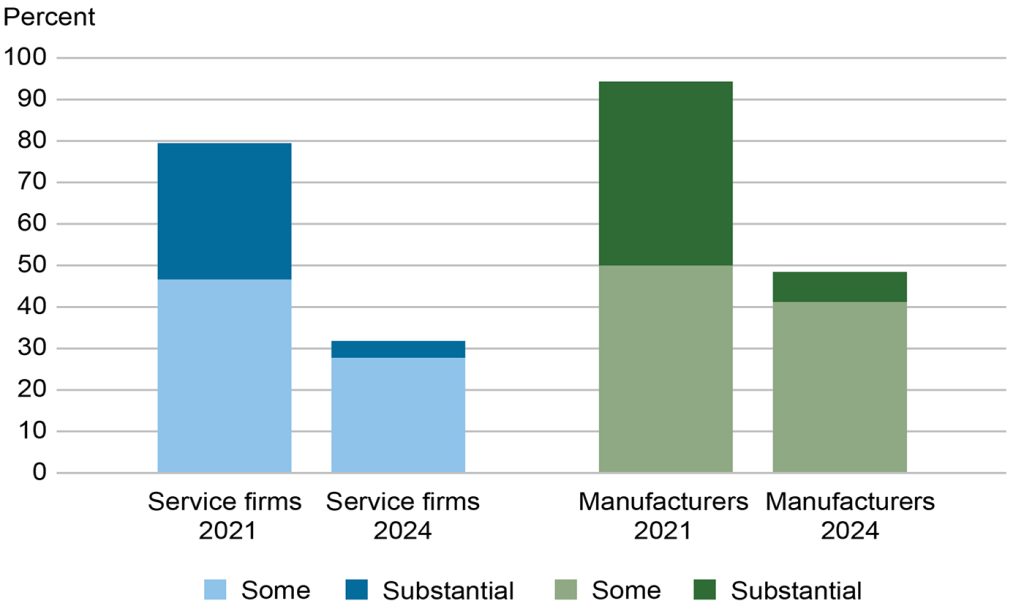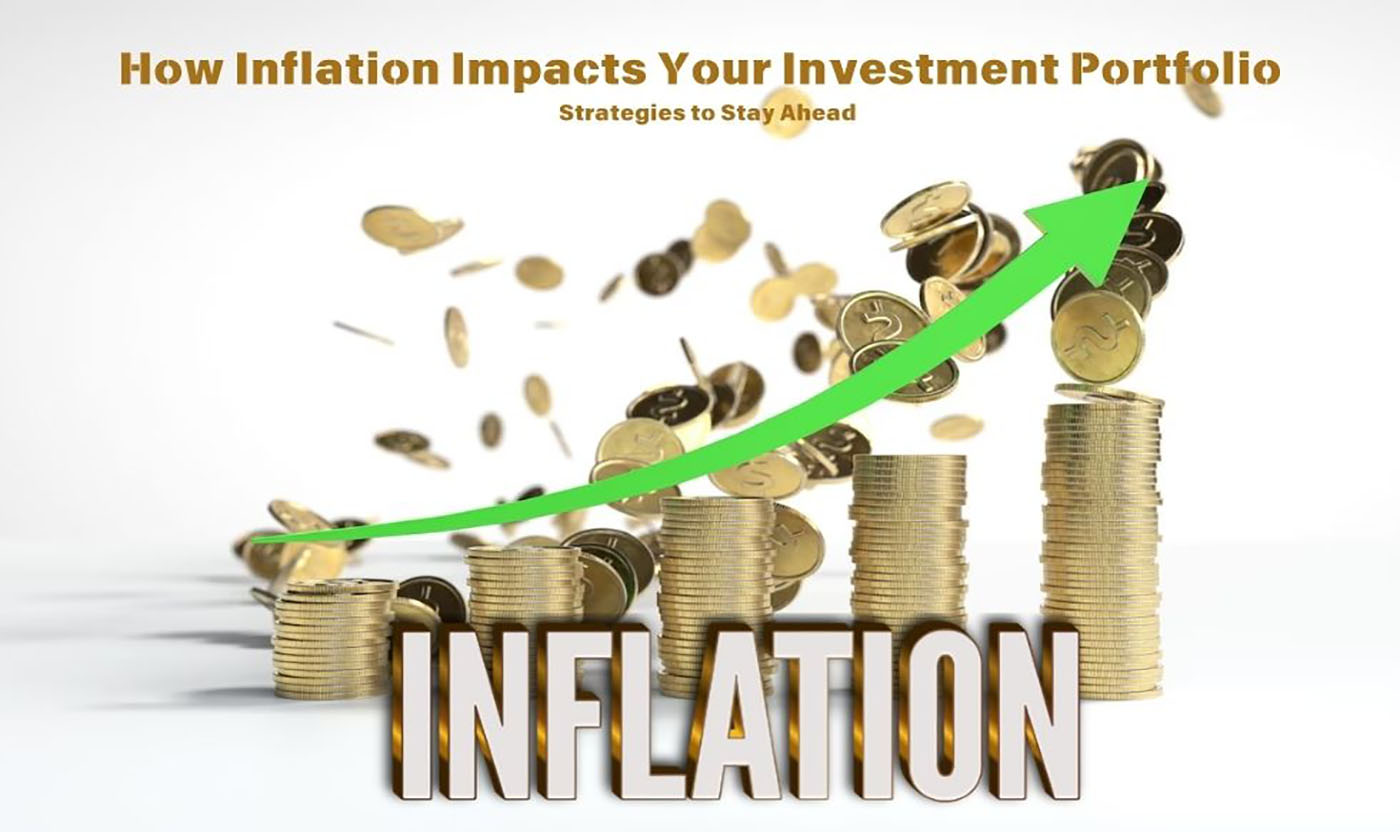It’s late May 2025 as I sit by my window overlooking the sleepy hills of Marin County, California. The sun is warm, but the conversation across real estate forums, investor calls, and market podcasts is increasingly cool — and not just metaphorically. Since the start of this year, I’ve felt a shift, subtle at first but increasingly unmistakable, in how both homebuyers and institutional investors are approaching the American housing market.
The question keeps knocking at the door: is the U.S. housing market finally cooling off?
In this piece, I’m documenting what I’ve found over months of digging, reading, calling mortgage advisors, talking to local realtors in New York, Dallas, and Phoenix, and scanning the most credible platforms like Redfin, Zillow, Mortgage News Daily, and the Federal Reserve’s own database. Here’s where I stand on the issue — and what I think every serious investor should pay attention to.
A Snapshot: What We’re Seeing in May 2025
National home prices have plateaued. In some metro areas like Austin and Boise — pandemic-era darlings — they’ve even declined year-over-year for the first time since 2012. Interest rates, despite Fed signals earlier this year that cuts might come, remain historically high. As of mid-May, the average 30-year fixed mortgage hovers at 6.85%, according to Bankrate, up from just under 6.1% at the end of 2024.
Inventory is rising, slowly but noticeably. Buyers? They’re cautious. Not absent — but less desperate, more calculating. The bidding wars of 2021 and 2022 are gone. What’s left is a market balancing between sellers clinging to yesterday’s prices and buyers benchmarking tomorrow’s risks.
Mortgage Rates: The Pinch Point
When I called my loan officer at Better Mortgage last week, I asked him how business was. “It’s stable,” he said, with a pause. “But it’s not like 2021. People shop around longer. They ask harder questions.”
And no wonder. A \$500,000 mortgage at today’s rates costs roughly \$400 more per month than it did just 18 months ago. For many Americans, that’s the difference between being able to qualify — or walking away.
One thing I always advise fellow investors to track: the 10-year Treasury yield. Mortgage rates follow it more closely than they do Fed policy announcements. And right now, yields are stuck in a tug-of-war between inflation stickiness and recession signals. Until one side decisively wins, expect mortgage rates to remain elevated, perhaps stubbornly so.
Want real-time updates on mortgage trends? I check Investing.com and CNBC’s Real Estate section daily.

Regional Divergence Is Real — and Growing
Another key insight: the housing market isn’t one monolith. While the national data shows a softening trend, local dynamics tell very different stories.
In Miami, international demand from Latin America remains strong. In Las Vegas, investor pullback is starting to weigh on prices. San Francisco is still recovering from tech layoffs, with apartment prices stabilizing after years of steep decline. Meanwhile, cities like Charlotte, Raleigh, and Nashville — what I call the “second-tier surge metros” — remain surprisingly resilient.
I’ve learned to pull up city-specific heatmaps on Redfin Data Center before every portfolio meeting. It gives me a sense of where capital is flowing — and where it’s retreating.
Renter Nation 2.0?
A subtle but profound shift is underway. Many millennials and Gen Zers, discouraged by high mortgage rates and down payments, are choosing to rent longer — and they’re not apologizing for it.
This presents opportunities in multi-family REITs and build-to-rent single-family home operators. I’m watching names like Invitation Homes (INVH), American Homes 4 Rent (AMH), and even Blackstone’s growing footprint here.
Investors looking to play this trend should spend time on Seeking Alpha and Morningstar for deeper fundamental breakdowns on these stocks.
My Watchlist (And What I’m Avoiding)
Right now, I’m not buying single-family flips. The margins aren’t there unless you’re deeply local and can source under-market deals with value-add upside. What I am doing is monitoring:
- REITs focused on Sunbelt states
- Private equity-backed rental platforms
- Mortgage tech disruptors adapting to higher-rate environments
I’m avoiding luxury developments in overbuilt coastal cities, and I’m skeptical of crowdfunding platforms promising double-digit returns in volatile regional markets.
Always check legal, zoning, and rental trend data on Local Market Monitor or ATTOM Data before allocating funds.
The Fed’s Balancing Act and What It Means for Real Estate
I’ve tracked the Federal Reserve’s actions closely over the past 18 months, and while its commentary in Q1 2025 leaned more dovish, real action hasn’t followed. Inflation, though tamed from its 2022 highs, remains stubborn in several sectors — healthcare, energy, and services in particular. As a result, rate cuts haven’t materialized, and mortgage costs continue to weigh on affordability.
One of the most underappreciated dynamics in real estate investing today is forward guidance uncertainty. In 2020-2021, we had a near-guarantee of low rates. Today, we have conditional promises subject to data that is increasingly erratic.
To understand Fed sentiment, I regularly monitor:
- FOMC statements on the Federal Reserve’s official site
- Bloomberg Economics
- WSJ’s Central Banking section
Supply Chain Pressure Has Eased — But Not Vanished
One silver lining? Construction is getting a bit cheaper and faster. The insane delays and price spikes for lumber, concrete, and labor from 2021–2022 have normalized. That said, material costs remain well above pre-COVID norms, and the labor shortage in construction hasn’t disappeared — it’s just less acute.
If you’re looking to invest in ground-up developments or multifamily renovations, this matters. The cost-per-unit and time-to-completion calculations are stabilizing, but margin of error is still razor-thin. I suggest tracking construction pipeline data via Yardi Matrix and NAHB reports regularly.
The Buyer Psychology Shift: From FOMO to Due Diligence
I’ve spent a lot of time this year talking to agents in Denver, Salt Lake City, and Atlanta. The one phrase that came up more than anything else? “Buyers are thinking twice.”
And that’s a good thing. The post-COVID gold rush created an unsustainable buying frenzy. Today, we’re back to something healthier — longer decision cycles, more negotiations, and less emotional pricing.
If you’re investing in real estate — whether through direct ownership or REITs — understanding this psychology is crucial. The urgency is gone, and that reshapes pricing power, listing strategy, and ROI timelines.
2025’s New Homeowner Profile
I’ve also noticed that the average first-time buyer looks very different in 2025 than they did five years ago.
They’re older — usually in their early-to-mid 30s. They have stronger credit and more savings, often because they waited out the 2021-2023 storm. Many are dual-income professionals working hybrid jobs, which expands their geographic flexibility.
This buyer is savvy. They compare rates on LendingTree, use affordability calculators from NerdWallet, and demand transparency from sellers and agents. They don’t rush, and they’re not wowed by staged open houses.
Investors who build for or sell to this demographic need to step up their data game — fast.
My Personal Outlook for H2 2025
Looking ahead to the second half of the year, here’s what I expect — and what I’m preparing for:
- Mortgage rates will stay between 6.5% and 7.1% unless the Fed surprises the market.
- Inventory will climb modestly, especially in suburban and exurban areas where pandemic-era migration has cooled.
- Prices will remain sticky downward, meaning declines will be uneven and modest — no crash, just erosion.
- Multifamily will outperform single-family in terms of rent growth and stability.
- Rent-to-own and creative financing will surge as affordability remains an issue for buyers.
I’m building positions accordingly. I’m leaning into REITs with strong balance sheets, limited leverage, and exposure to resilient metros. I’m avoiding anything tied to short-term flipping or speculative land.
Tools That Keep Me Ahead
Since this is a rapidly shifting market, here are the tools and platforms I check almost daily to inform my decisions:
- CoStar – For deep commercial property data
- RealPage – For multifamily trends and rent growth metrics
- Finviz – For tracking REIT charts, screeners, and institutional flows
- Kiplinger – Offers macroeconomic real estate outlooks in layman’s terms
- The Motley Fool – Especially their insights on publicly traded real estate companies

What I’m Doing with My Money
This spring, I rebalanced my portfolio — significantly. I reduced my exposure to tech-heavy REITs and increased allocation to:
- Sunbelt-focused residential REITs
- Industrial real estate funds
- Private market syndications with proven operators
I’m keeping dry powder on hand — 10–15% in cash equivalents — because I expect more distressed opportunities in late 2025 and early 2026, especially in overbuilt metros.
If you’re just getting started or want to compare your strategy, check out tools like:
- Fundrise for accessible real estate investments
- Roofstock for single-family rentals
- CrowdStreet for accredited deals with detailed sponsor backgrounds
Is the Market Cooling?
Yes — but it’s not freezing. The U.S. housing market in 2025 is defined by recalibration, not collapse. Prices are drifting, not crashing. Investors who understand the new rhythm — higher rates, smarter buyers, evolving demand — will thrive.
It’s no longer a game of blind momentum. It’s a game of precision, patience, and positioning.
Stay informed. Stay cautious. But above all, stay active.



